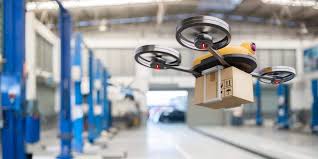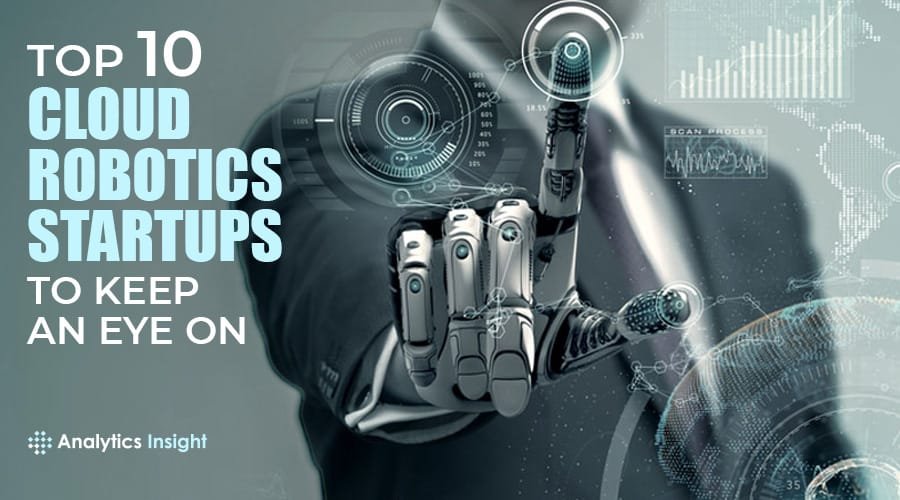Source: analyticsinsight.net
How is Robotics building bridges between Employees and Technology?
Traditionally, human beings design and construct robotics, and the use of machines to perform tasks. Robots are broadly used in industries such as automobile manufacturing to perform simple repetitive tasks. In such industries, work must be performed in ecosystems hazardous to humans.
Almost every aspect of robotics involve artificial intelligence (AI), robots may be equipped with the equivalent of human senses like vision, touch, and ability to sense temperature. Some of them are even capable of decision making. Today’s research on robotics is geared toward devising robots with a degree of self-efficiency that will enable mobility and decision-making in an unstructured ecosystem. Current industrial robots do not resemble human beings.
Industries are using robots for stimulating manufacturing electric signals and designing biomedical equipments etc. Robotics requires a set of applications, including computer integrated manufacturing, mechanical engineering, biological mechanics, electrical engineering, and software engineering.
Nowadays, Automation and Robotics Engineering have been used to control systems and in information technology to reduce human work while producing goods and services.
Vice President, Product, Program, and UX Design for Brain Corp, Phil Duffy joined host Daniel Litwin to cover a broad critical topic in today’s automated world. They are tackling how robotics is creating new bridges between employees and technology.
Brain Corp develops software for autonomous mobile robots (AMRs), designed for retailers and grocery stores around the world and counts several Fortune 500 customers among its client bases, such as Walmart, Kroger, Schnucks, Giant Eagle, and Simon Property Group.
Phil Duffy provided some essential insights from the front lines on how those customers and others are leveraging AMRs during the pandemic. He was trying to explore how the rapid growth of adoption of robotic solutions could continue into the new normal and beyond. He further emphasized the effect of robotics on daily operations during the coronavirus pandemic and into global reopening.
Duffy said, “We’ve known about robots in a warehouse and industrial setting for 20-odd years, but the robots that scale in open-to-public spaces are relatively a new thing.”
He elaborated, “Up until recently, customers have been nervous about the prospect of robots in open spaces. What’s happened during COVID-19 pandemic is that a lot of the customers we deal with in the robotics industry have recognized that there’s an opportunity here to gain value.”
That translates to robots potentially taking over dull and monotonous jobs, enabling human employees to take on cleaning of data and other important tasks during this unprecedented time of COVID-19.
The alliance between humans and machines will survive the global pandemic and set a new definition of work. Collaborating robots with employees can do physical work and provide real intelligence. Perception and ability of making decisions allow creation to grow in ecosystems that would be unsafe or unpleasant for human employees. Instead of being insecure, robotics is helping to build new bridges between employees and machines to get through the pandemic.


